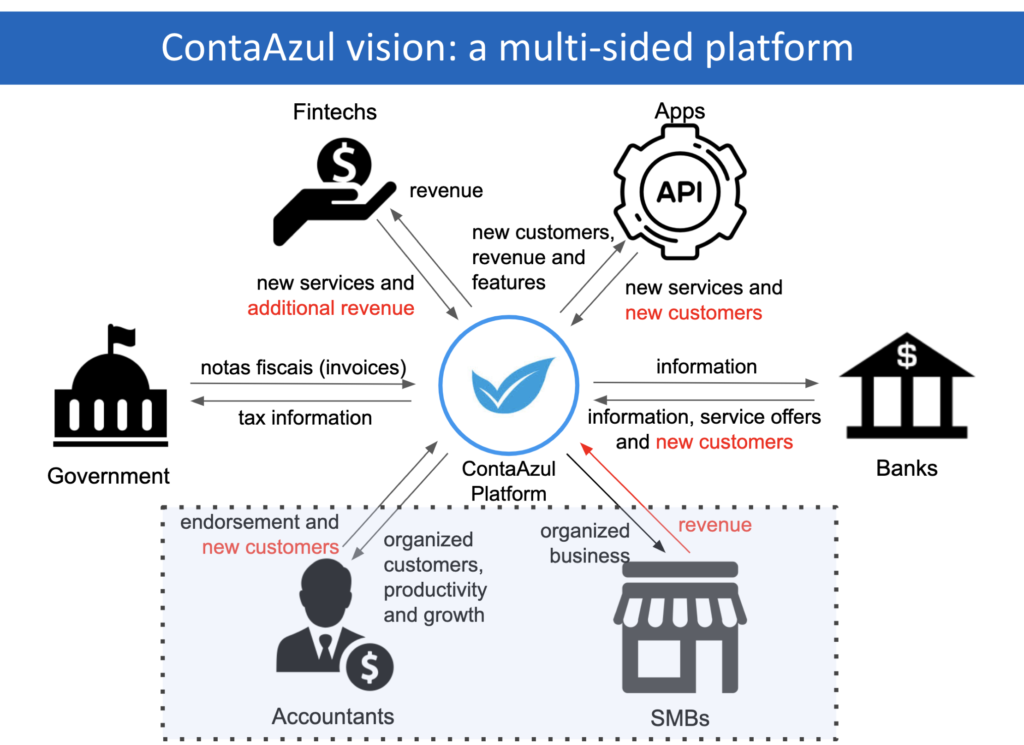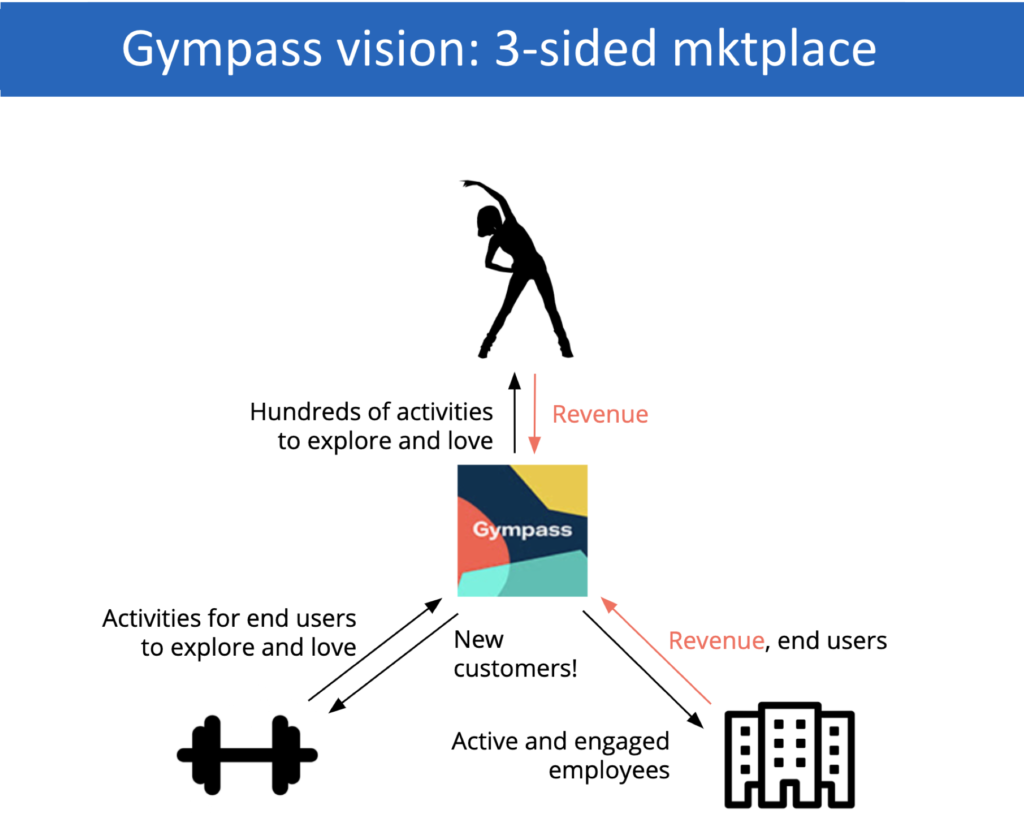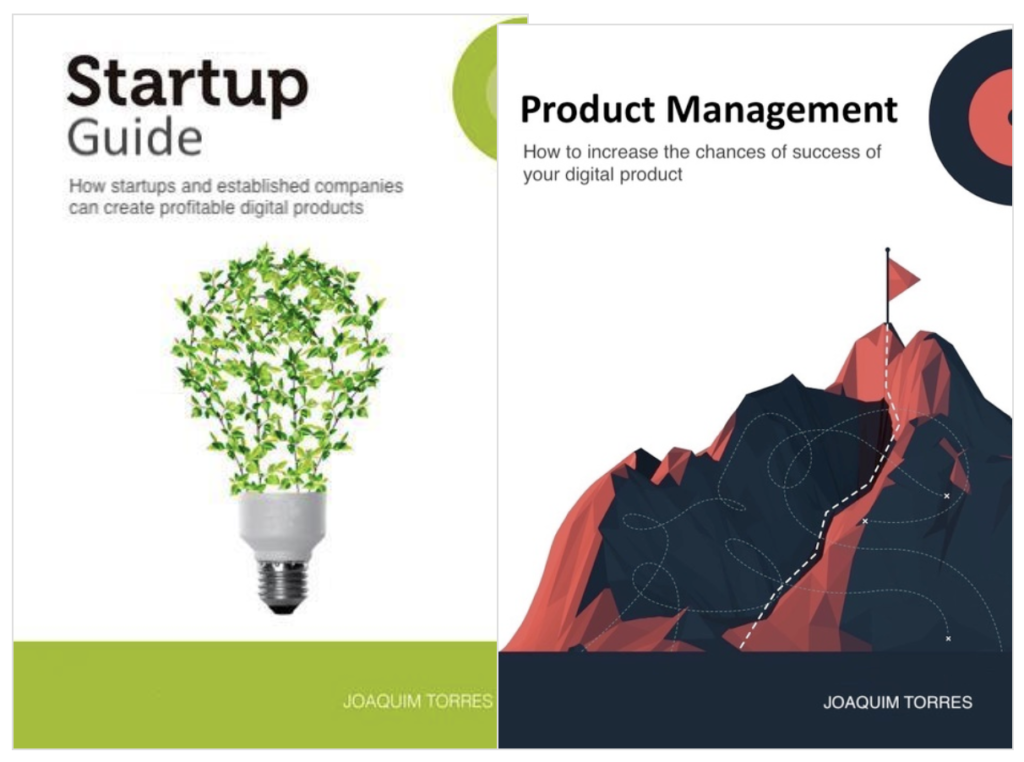Roles, responsibilities, and seniority
1 de September, 2020Strategy and objectives
23 de September, 2020Despite being only 10% of a product leader’s time, defining the product vision is the most important responsibility. Without a clear product vision, it is very difficult to work on any other product topic. What are the priorities? What product team structure is needed? Is this request from the sales team important? And this one from the customer support team? And that request from the CEO / Founder? Should we focus on having more customers or retaining the ones we already have? These questions are very difficult to answer if there is no clarity about the product vision.
When I join a new company, whether in a full-time role or as an advisor, my first concern is to understand if there is a product vision and if it is clear to everyone in the company. This is always my first focus, because from the product vision derives all product development work.
What is a product vision?
The product vision is nothing more than an understanding of what your product will look like in the future. By “the future” I mean mid to long-term, like more than 2 or 3 years. How will it achieve the objectives of the company that owns the product while solving problems and needs for its users?
Building the product vision is a collaborative work done together with several people inside the organization, as well as with input from outside people such as customers and non-customers, suppliers, competitors, market specialists, etc. This is a job led by the head of product, whether he is a VP or CPO, whether he is a GPM. If he is a VP or CPO, the vision will scope all products of the company or area, while if it is a GPM, the focus of the vision will be one of the products, or part of a bigger product, that this GPM takes care of. For the GPM to be able to build the vision, he needs to have a clear understanding of the company’s product vision.
In my book “Product management: How to increase the chances of success of your software”, I explained that to make the product vision it is necessary to be clear about the company’s objectives, as well as to deeply understand the problems and needs that customers have and that will be resolved by the product. Some examples of product visions I helped build:
Locaweb Email Product
During my time at Locaweb, we put together the following product vision for the Locaweb E-mail product:
Locaweb’s E-mail product will be the most complete and flexible email solution ** in the Brazilian market.
CONTA AZUL product vision
We created the Conta Azul product vision as an image, because with the image it was easier to explain all the elements that we saw as the future of the Conta Azul product.

Gympass product vision
Again, we prefered a picture over words. The saying a picture is worth a thousand words has a reason for existing.

Product vision creation process
Here is a step by step on how to create the product vision:
- get the strategic company objectives: if you don’t have this information yet, go get it. Talk to company leaders, the CEO, the founders, the board. Of course, every company wants to grow and have more revenue and customers, but how? What are the company’s goals, and what is the strategy to achieve those goals?
- get an understanding of customers’ problems and needs: if this is still unclear, there are several tools that help. In the chapter on Vision and Strategy of my book “Product management: How to increase the chances of success of your software” I mentioned empathy and personas as useful tools to obtain this information. There are several other tools such as observation, interview, research, job to be done etc. Anyway, there are several tools for you to obtain this information.
- draw the first version of the vision: once you have both information, you can already make the first version of the product vision. This is a creative job and is more productive if done alone. I already tried to do this work together with other people and the process ended up taking a long time and the result was not so good for having several people discussing something that didn’t exist yet. Based on my experience, it is more productive and produces better results when the head of product makes the first version and, from there, iterates to collect feedback and refine the vision.
- iterate and refine: once the first version of the product vision is done, it’s time to iterate and refine the vision. First people to iterate are the people on the product development team. PMs, GPMs, designers, engineers. Listen to their feedback and refine the product vision based on that feedback. Then, present to the leaders of the other areas, managers, directors, c-level, founders, advisors, more feedback and refinement. I prefer to do these feedback and refinement sessions individually. Although it takes more work and time, it gives everyone the opportunity to speak.
- communicate: after the iterations and refinements of the product vision in 1:1 sessions with stakeholders, the next step is to communicate this vision to the entire company and even outside the company. This must be done repeatedly. At every opportunity, remember the product vision. I usually use the product vision at all possible times. All-hands, product, board, onboarding meetings, etc. I even use it publicly in lectures and articles to explain how we see the future of the product in our company. I also use it in conversations with candidates, to help them understand what we are building and to encourage them to join us.
- review: it is important to review the vision periodically, to check if all its elements still make sense and if something new needs to be included. My suggestion is to do this review once a year, or when something new appears, like a new competitor, or some change in the market.
There you go, the steps to make the product vision.
Summing up
- Despite being only 10% of a product leader’s time, defining product vision is his most important responsibility. Without a product vision all the product development work is much more difficult.
- The product vision is nothing more than an understanding of what your product will look like in the future.
- To make the product vision it is necessary to be clear about the company’s objectives with the product, as well as to deeply understand the problems and needs that customers have and that will be solved by the product.
- The 6 steps to build a product vision are to obtain strategic objectives of the company, gain understanding of the problems and needs of customers, design the first version of the vision, iterate and refine, communicate and review.
In the next chapter, we’ll look at how to execute your product vision.
Missing something?
So, did you miss something in this chapter? What else would like me to cover?
Digital Product Management Books
Do you work with digital products? Do you want to know more about how to manage a digital product to increase its chances of success? While you wait for new book, check out my Digital Product Management bundle with my 2 books where I share what I learned during my almost 30 years of experience in creating and managing digital products.

